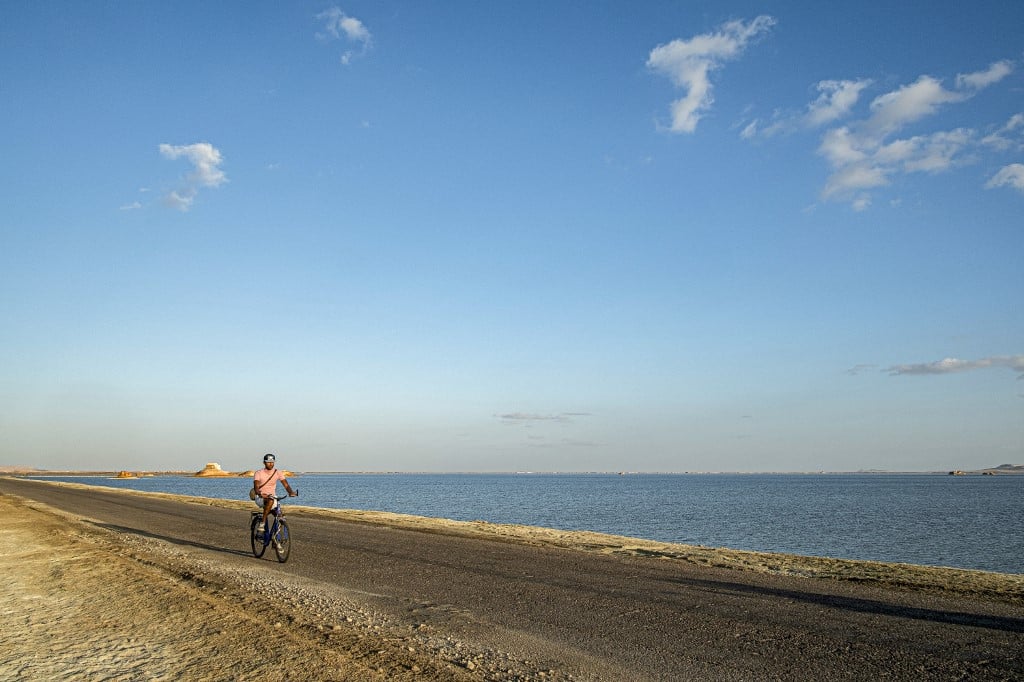
The Egyptian government released its 2030 Vision in 2016, with the goal of preserving natural resources such as water and ensuring that they are used more effectively. This will be accomplished by strengthening the institutional and legal capacities of water resources management agencies, establishing infrastructure conducive to sustainable water use and increasing public knowledge of water conservation problems.
Following the 2030 Vision, the Ministry of Water Resources and Irrigation has demonstrated that it understands Egypt’s water concerns and has implemented a strategy to reduce future water scarcity. The strategy entails carrying out various projects between 2017 and 2037 to meet specified water-security targets by 2050 when the population is estimated to reach 170 million. Despite this, a number of issues threaten to worsen the country’s situation.
Water management plan
The strategy [1] reiterated that investing in the water sector is essential for sustainable development and confirmed that Egypt needs $900 billion through 2037 to ensure water security and provide water to beneficiaries. The ministry highlighted that Egypt requires 114 BCM of water every year to meet its needs, including agricultural self-sufficiency, but is typically given only 60 BCM, which includes both Nile water and groundwater, Moreover, this amount is expected to reduce in the coming years due to the construction of the GERD and the impacts of climate change.
The minister of Water resources and irrigation stressed the urgent need for significant, long-term investments in water infrastructure, intelligent farming techniques, better drainage and flood protection, by methodically utilizing all available resources for funding, knowledge and solutions to support sustainable growth.
The national water plan (2030 Vision) will be executed by nine ministries, including housing, agriculture, health, environment and planning, with four key areas of activity.
• The first is water purification and recycling, which includes industrial effluent. In 2015, the indirect reuse of wastewater in the Nile Delta was estimated to be 9.31 BCM. The aim is to increase that number to 16.26 BCM by 2037. However, because of the high concentrations of contaminants in the discharged untreated wastewater, the ministry was forced to close several mixing pump stations, preventing the reuse of an estimated 2.37 BCM/yr. Therefore, the government has been forced to upgrade the wastewater treatment technique from secondary to tertiary by including sand filtration and chlorination as a final step to improve the quality of the treated water before discharging it into the Nile system or woodlands.[2]
• The second is the rationalization of agricultural water consumption through advanced irrigation methods and the use of water-efficient seeds. Egyptian farmers still overwhelmingly practice flood irrigation, which results in evaporative loss and over-irrigation, causing soil damage and rises in groundwater tables. The government aims to extend the use of smart irrigation techniques to reduce the loss of water. Moreover, the government recently launched a project that aims to line irrigation canals to prevent the loss of water as a result of infiltration into the subsurface system.
• The third is to create new projects to increase the availability of water resources. These projects include coastal desalination plants and rainwater harvesting systems. The government aims by 2030 to increase water resources availability by 1.5 BCM through seawater desalination. It also plans to more than double this amount by 2037. Furthermore, the government aims to expand its collaboration with Nile Basin countries.
• The fourth area of activity is to establish open and clear communication with the Egyptian people about water resources and the government’s actions. The ministry highlighted the importance of making strategies and details of water-related projects available to the public, which has been advanced. However, there remains a gap in greater social involvement in policy-making, rather than just awareness of it.
Conclusion
Egypt will face many challenges to its water security in the coming decades. The government has drawn up the National Water Resources Plan 2017-2037. This aims to achieve water security, establish several projects to reduce waste and create an environment more resistant to climate change. However, several barriers stand in the way of achieving these objectives, which may push Egypt to rely more on virtual water. The most important of these barriers is (1) the economic crisis and lack of sufficient support for the establishment of the proposed projects; (2) external factors represented by the construction of the GERD in Ethiopia and its impact on water resources in Egypt; (3) climate change and its consequences, such as a decrease in the water level in the Nile and irrigation water channels, and the increase in pollution rates in water systems. There is also exposure to flood risks and rising sea levels that are already swallowing parts of the Nile Delta.
[1] Novo, C. Egypt to invest $50 billion in drinking water by 2037. 2019; Available from: https://smartwatermagazine.com/news/smart-water-magazine/egypt-invest-50-billion-drinking-water-2037.
[2] Tutwiler, R.N., 2021, Sustainable water resource management in Egypt, in Routledge Handbook on Contemporary Egypt. Routledge. 335-347.
